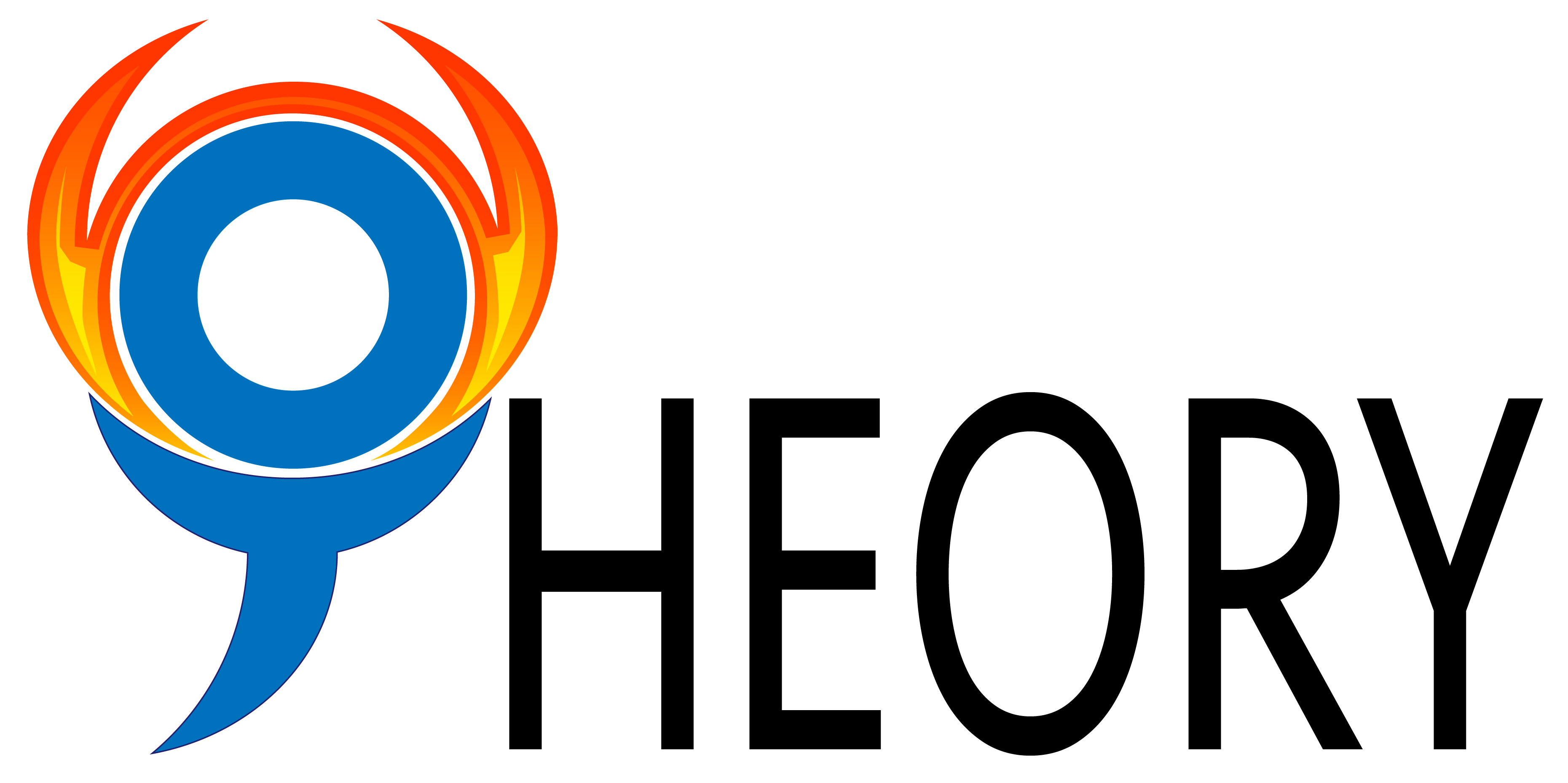Moyers Model is a model that helps to treat people with alcohol dependence. This model suggests that alcohol dependence is resulted from a complex interaction of causal factors. These factors may include genetic predisposition, negative character development/experience in family history, which lead to impaired interpersonal and coping skills, availability of alcohol, peer group affiliation and social norms that accept and promote use of alcohol. All these factors, particularly deficits in interpersonal and coping skills, contribute to overreliance on a preferred defense structure (PDS). PDS is the avoidance of strong emotion, denial of the need for change, and protection of the use of alcohol as an acceptable coping strategy. PDS mainly includes denial, projection, rationalization, obsession, and self-relevant attention. This model proposes three treatment levels relating to the PDS status to remain abstinent. In first treatment level, the PDS is mobilized or used to achieve sobriety. That is, to redirect attention from alcohol to sobriety and effective coping strategies and individualize sobriety as important to one’s self-image. In the second treatment level, the PDS is weakened by teaching alternative coping strategies. During the third treatment level, the PDS is confronted to stimulate insight for personality restructuring, which leads to abandonment of the PDS. Treatment issues are different at each level (loss of control, lack of coping, and poor insight). Outcomes specific to each treatment level are resulted from the interaction of the treatment issues with the treatment methods and selected frames of reference. These outcomes are abstinence (for treatment one), gaining internal control by using newly developed adaptive coping strategies to improve work and leisure performance (for treatment two), and organizing performance behaviors into new roles and enhancing self-esteem and self-actualization (for treatment three). These three treatment levels help occupational therapists in identifying the treatment issues that match specific frames of reference and treatment methods to produce the desired outcomes.
Summarized by
- Macey Cho
Type
- Model (conceptual)
Population
- Adolescent
- Adult
Disability
- Alcohol dependence
Domain of occupation
- Work
- Leisure
Application Note
The three treatment levels help occupational therapists in identifying the treatment issues that match specific frames of reference and treatment methods to produce the desired outcomes.
Key Reference
Moyers, P. A. (1997). Occupational meanings and spirituality: The quest for sobriety. American Journal of Occupational Therapy, 51(3), 207-214.
Year Published
- 1997
Primary Developer
- Penelope Moyers
Primary Developer Email
- pamoyers@stkate.edu
